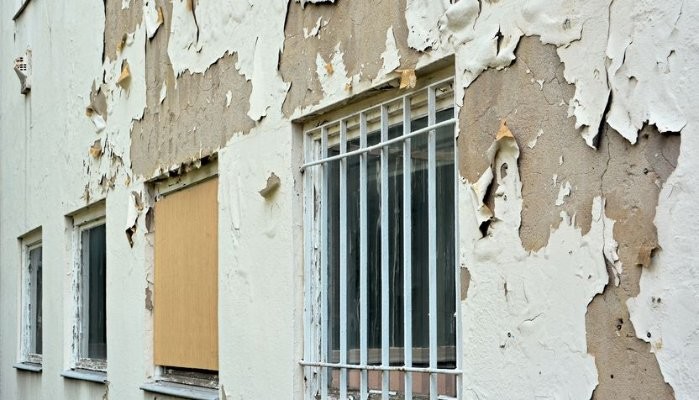
01 Jul How To Prevent Future Defects On Site
“Every panel has an indentation like that”, “I know its defective but the rest of the site is the same”
Have you ever been faced with a similar quality scenario on your site? Should we accept it without question? In this blog we will discuss methods to prevent future defects which can be used during subcontractor procurement.
The above example is a real life case. The defect was found to be factory generated and had occurred across the whole site and the developer had received a number of complaints from customers.
What went wrong?
It was immediately evident that although the supplier had issued their quality assurance and control plan to the main contractor. They were not actually working to this plan. It was issued to satisfy a “tick in the box”.
Qualitaz was approached to assist the contractor with conducting a full investigation to ascertain the cause of the defect.
Our first port was to visit the supplier at their factory. It emerged that this was the first visit the contractor had made to the factory.
It soon became obvious that little to no quality checks were being made in the factory during each process of the fabrication.
There were also a number of other areas which were a cause of concern noted during the visit, including the Painting workshop. All painting activities were being carried out in an external makeshift tarpaulin (in the 50 degree heat). This was not compliant with manufacturer’s recommendations and contract requirements.
In addition the contractor was under the impression that the factory operations were fully automated. In reality fabrication and assembly was prepared manually by hand which contributed to a variety of defects in each stage of the process.
The investigation found that the repetitive defect on site had actually being created by the use of a chisel with the intention of giving it an aged appearance. Unfortunately this “home-made” effect resembled woodworm and damage and it had not appeared in the initial sample.
It became apparent that the contractor had based his procurement decisions solely on price and programme and “quality potential” – I use the phase “quality potential” because no one had evaluated or even assessed the quality submittals provided to them or visited the factory.
Why an audit is the solution
Audits are proven to be a powerful tool during the subcontractor selection and procurement process. Information gained through an audit can provide an invaluable insight to the organisations’ capabilities in meeting project and quality requirements.
This cuts through the superficial layer of delightful presented documentation which often has little substance – “Not all that glitters is gold” as the saying goes.
Your supplier will be audited against a set of established requirements. The supplier will generally be assessed as to what degree they satisfy those requirements. These could be from the specification, contract, or your corporate quality system.
Audits are also an important tool for continual improvement and are not solely restricted to suppliers, you can use these internally for your employees.
Benefits to an organisation
Audits are often portrayed as some kind of witch hunt for the unlikely recipient. This couldn’t be further from the truth.
Organisations can use this effective tool and the data gained to identify areas where improvements can be made and where operations can be streamlined for increased efficiency and cost savings. This continuous improvement tool allows businesses to maintain their competitiveness. This applies to both contractor and supplier.
Mutually beneficial relationships are critical to both the supplier and the organisation.
HERE ARE 6 METHODS YOU CAN USE DURING SUBCONTRACTOR PROCUREMENT TO PREVENT FUTURE DEFECTS:-
- Request details from your suppliers of their quality assurance system and how they quality control their work, both on site and in their factory.
- Visit supplier’s office and factory with their own quality assurance system and audit their procedures against their plan.
Keep note of housekeeping, health and safety and any quality issues witnessed during your office or factory visit. If people are working in an unsafe manner, this culture will be bought to your site. A lack of quality in the factory, equals a lack of quality on your site
It is also important to evaluate if the factory has the capacity to meet your production programme.
- Hold supplier meetings to discuss the details of the project specification, contract requirements and company (and client) expectations, to ensure they are understood and can be met, prior to work starting. Details in the specification which may appear insignificant can often come back to bite later, when subcontractor realises that they didn’t include this particular element in their pricing
- Establish an audit plan for the duration of the project. Standards can often slip, especially during fast track projects and restricted programmes.
- Carry out spot audits – unplanned audits will often provide you a true representation of the operations and the opportunity to recommend improvements.
Final thoughts – a quality culture is imperative. Open communication channels and support throughout the project, along with training and education is essential. Complacency can be a killer.
If you enjoyed this post, please share and follow us on facebook, linked in and twitter or www.qualitaz.com
No Comments